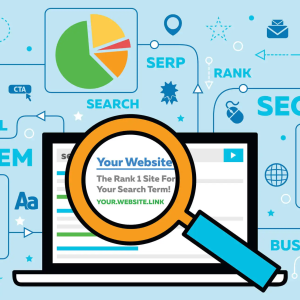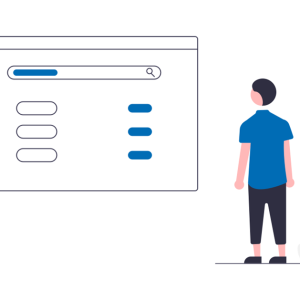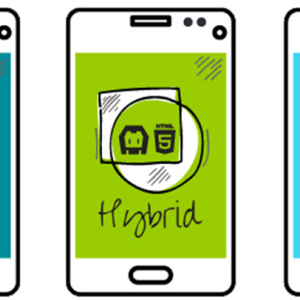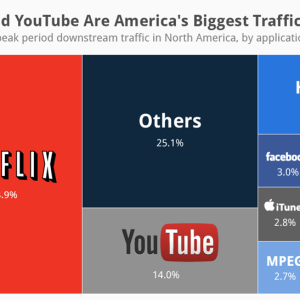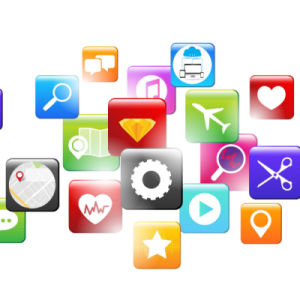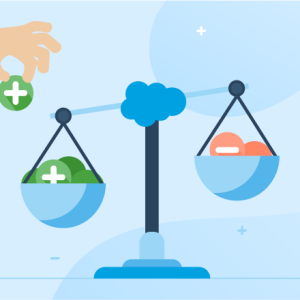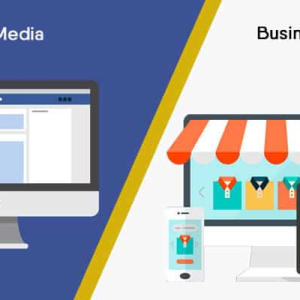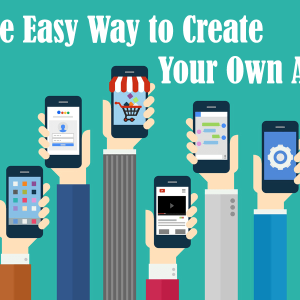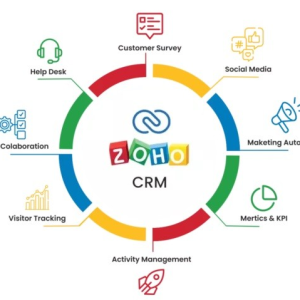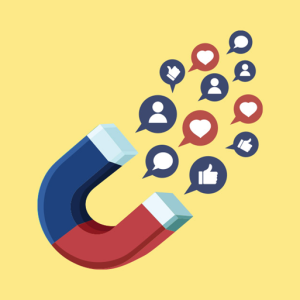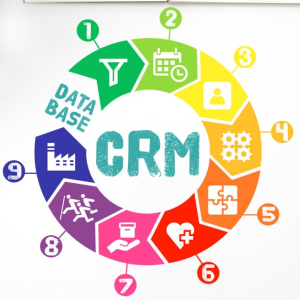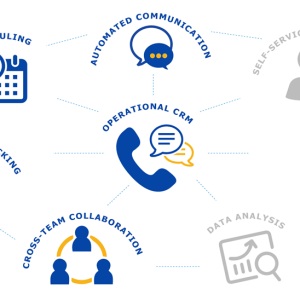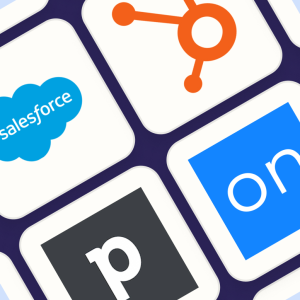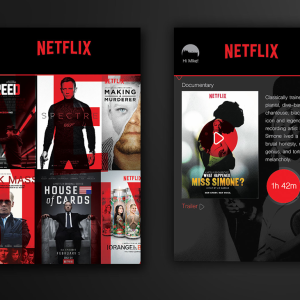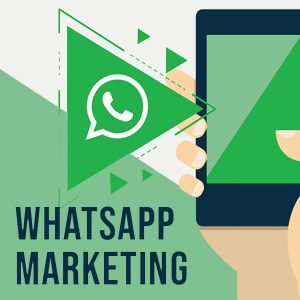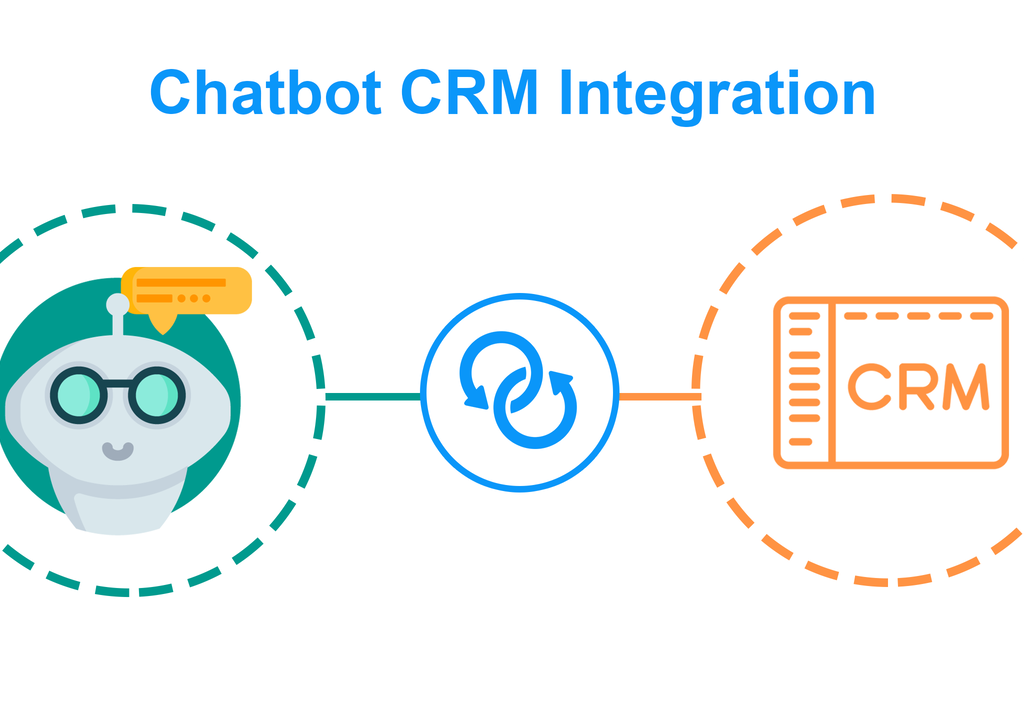
Introduction
Chatbot CRM technology is becoming increasingly popular for customer service and support because it allows customers to communicate with businesses more naturally, through conversation. Chatbots are powered by artificial intelligence and machine learning, which allows them to understand customer needs and provide the best possible solution. In this guide, we’ll explore how chatbot CRM technology works and how businesses can benefit from using it. We’ll also provide some tips on how to get started with chatbot CRM technology.

What Is A Chatbot?
A chatbot is a computer program that simulates human conversation. Chatbots are powered by artificial intelligence and machine learning, which allows them to understand customer needs and provide the best possible solution.
How Do Chatbots Work?

Chatbots work in an integration with AI and ML algorithms. These algorithms scrutinize user input’ finding the meanings behind the messages with the help of natural language processing (NLP) techniques. Through the use of capacities like pattern recognition and context understanding, chatbots can understand the user’s intention by retrieving information from their database or external sources. This allows them to have responses customized to the user’s want, so communication is more effective and efficient.
Moreover, chatbots can get wiser and be good at their job with the help of ML algorithms. Continuous data processing from interactions with users always improves their algorithms, thus, leading them to providing both accurate and helpful assistance.
What Is CRM?
CRM stands for customer relationship management, is a centralized system that directly assists those companies which are in the business of relationship-based marketing. It consists of several methods, technologies, and approaches which tasked with the goal of fostering relationships, clients’ requirements comprehension, and increased overall satisfaction.
How do CRM systems work?

CRM system serves as the base of customer-oriented operations, providing an incorporated and easily accessible platform for managing interactions and data. The technology powering these systems is using the latest tools for customer interactions monitoring and analysis including phone conversations, emails, social media connections and chat sessions.
Furthermore, CRM is a repository for customer data which contains vital data like contacts details, purchase history, preference and services requests. The business is able to get much needed information through centralization of this data. Yes, these data give the business insights of the customers’ behaviors, preferences and trends. They help the businesses to tailor their offerings, anticipate needs and personalize the customers experiences.
In addition, CRM system incorporate other organizational platforms, which include sales, marketing, and customer support, providing frameworks for smooth collaboration and harmony across departments. CRM systems integrate the wide range of tools such as automation and customization features which allow for simplification of processes, optimization of workflows, and empowering of teams to deliver personalized services at every interaction point.
Integrating CRM Technology with Chatbots
CRM (Customer Relationship Management) technology is a system that businesses use to manage customer data. CRM systems help businesses keep track of customer interactions, sales, and marketing campaigns.
By integrating CRM technology with chatbots, businesses can provide a more personalized experience for their customers. Chatbots can access customer data stored in the CRM system and use it to provide customer support, make recommendations, and resolve problems.
Benefits of Using Chatbot CRM Technology
This is an advancement of technology that helps companies to manage their customer service. The main benefits of using chatbot CRM technology are as follows:
- Improved Customer Service: Chatbots can provide 24/7 customer support. They can also help businesses resolve customer problems faster and more efficiently.
- Increased Sales: Chatbots can help businesses upsell and cross-sell products and services. They can also recommend products and services that may be of interest to customers.
- Improved Customer Satisfaction: Chatbots can help businesses improve customer satisfaction by providing a more personalized experience.
- Higher Customer Retention Rates: Chatbots can help businesses build relationships with their customers. By providing excellent customer service and support, chatbots can help businesses keep their customers happy and loyal.
Not only these, but businesses can also save time and money by using chatbot CRM technology.
Getting Started with Chatbot CRM Technology

If you’re interested in using chatbot CRM technology for your business, there are a few things you need to do to get started:
1. Choose a chatbot platform
There are many different chatbot platforms available, such as Amazon Lex, Google Dialog Flow, and IBM Watson.
When choosing a chatbot platform, you should consider the following factors:
- Ease of use: The platform should be easy to use and allow you to create a chatbot without requiring any coding knowledge.
- Features: The platform should offer features that meet your business needs. For example, if you want to use the chatbot for customer support, you’ll need a platform that offers features such as natural language processing and automated ticketing.
- Integrations: The platform should offer integrations with other business systems, such as your CRM system. This will allow you to seamlessly integrate the chatbot into your existing business processes.
- Pricing: The platform should be affordable and offer a pricing model that suits your business.
Take some time to research the different options and choose the platform that’s right for your business.
2. Integrate your chatbot with your CRM system
Once you’ve chosen a chatbot platform, you’ll need to integrate it with your CRM system. This will allow your chatbot to access customer data stored in the CRM system.
How to integrate your chatbot with your CRM system will vary depending on the platform you’re using.
Example: Amazon Lex
If you’re using Amazon Lex to build your chatbot, you can use the Lex Bot integration for Zendesk Support to connect your chatbot to your CRM system. This integration will allow your chatbot to access customer data stored in Zendesk, such as contact information and support requests.
3. Train your chatbot
Once your chatbot is up and running, you’ll need to train it to understand customer needs and provide the best possible solution. You can do this by providing a training dataset or by using reinforcement learning.
Easy ways to train your chatbot using a training dataset:
1. Use a pre-labeled dataset: You can use a dataset that’s already been labeled with customer needs and intents. This will save you time and effort as you won’t need to label the data yourself.
2. Use a public dataset: You can use publicly available datasets, such as the Amazon Customer Reviews dataset. This dataset contains millions of reviews labeled with customer needs and intents.
3. Use a crowd-sourcing platform: You can use a crowd-sourcing platform, such as Amazon Mechanical Turk, to label data yourself. This is a good option if you don’t have the budget to hire a data labeling company.
Once you’ve labeled the data, you can train your chatbot using it. This will allow your chatbot to understand customer needs and provide the best possible solution.
To train your chatbot using reinforcement learning: You can either use a reinforcement learning platform, an online reinforcement learning course, or a tutorial: There are several such platforms like Google Cloud ML Engine, to train your chatbot, and similarly courses such as Udacity’s Deep Reinforcement Learning Nanodegree program, will also help you to train your chatbot easily.
There is no quicker way to train your chatbot, only easier. Once you’ve trained your chatbot, you can start using it to provide customer support. You can use it to handle simple tasks, such as providing product information and FAQs, or more complex tasks, such as resolving customer issues.
4. Deploy your chatbot
Once your chatbot is trained, you can deploy it on your website or mobile app. You can also integrate it with your existing customer support tools, such as live chat and email.
How to deploy your chatbot:
1. Use a web-based chatbot: You can use a web-based chatbot, such as Chatfuel, to deploy your chatbot on your website. This is a good option if you don’t have the resources to develop your chatbot solution.
2. Use a mobile app chatbot: You can use a chatbot built for mobile apps, such as Facebook Messenger, to deploy your chatbot on your mobile app. This is a good option if you want to provide a seamless customer support experience across all channels.
3. Use a chatbot platform: You can use a chatbot platform, such as IBM Watson, to deploy your chatbot on your website or mobile app. This is a good option if you want to have more control over your chatbot’s features and functionality.
4. Use a custom solution: You can develop your chatbot solution using a programming language like Python. This is a good option if you want to have complete control over your chatbot’s code.
Once you’ve deployed your chatbot, you can monitor, optimize, and test it to ensure it’s providing the best possible customer support experience.
5. Monitor your chatbot
Once your chatbot is up and running, you’ll need to monitor its performance to ensure it’s providing the best possible customer support experience. You can do this by tracking key metrics, such as customer satisfaction scores and first contact resolution rates.
Tools to monitor your chatbot:
1. Chatbot analytics: You can use chatbot analytics tools, such as Botlytics, to track key metrics and get insights into your chatbot’s performance.
2. Live chat: You can use live chat software, such as Intercom, to talk to customers in real-time and get feedback on your chatbot’s performance.
3. User testing: You can use user testing tools, such as UserTesting, to get feedback from real users on your chatbot’s performance.
4. A/B testing: You can use A/B testing tools, such as Optimizely, to test different versions of your chatbot to see which performs better.
5. Feedback forms: You can use feedback forms, such as SurveyMonkey, to collect customer feedback on your chatbot’s performance.
Whatever tool or method you choose, regular monitoring will help you to ensure your chatbot is providing the best possible customer support experience.
6. Optimize your chatbot
You can optimize your chatbot by tweaking its design and training it on new data. This will help you to improve its performance over time.
7. Test your chatbot
You can test your chatbot’s performance by conducting customer support simulations or using softwares to track the analytics better. This will allow you to identify any areas where your chatbot needs improvement.
Whether you choose to use Botium, Chatfuel, Dexter, Motion.ai, Pandorabots, Wit, Api.ai (owned by Google), IBM Watson, or LUIS (owned by Microsoft), the main key component is to understand how to use NLP and AI so that you can create a chatbot that understands human conversation.
At the end of the day, your chatbot’s success will depend on its ability to understand customer needs and provide the best possible solution.
By following these tips, you can create a chatbot that provides an excellent customer support experience. But, make sure to keep an eye on your chatbot’s performance, so you can continue to improve it over time.
Conclusion
Businesses should employ chatbot CRM in their strategy because the technology is here to stay. It is a recent technology that is becoming increasingly popular for customer service and support because it allows customers to communicate with businesses more naturally, through conversation.
This makes your life as a business owner or customer service representative much easier because you can now delegate some of the tasks to a chatbot. Not only that but chatbots are powered by artificial intelligence and machine learning.
What this means is that they understand customer needs and can provide the best possible solution. In this guide, we explored how chatbot CRM technology works and how businesses can benefit from using it.
We also provided some tips on how to get started with chatbot CRM technology. And if you need an agency to help you with understanding and employing the technology, 12 Channels is here to help you.
Just contact us and we would be more than happy to help you out! Our chatbot CRM subject experts will get in touch with you shortly.

